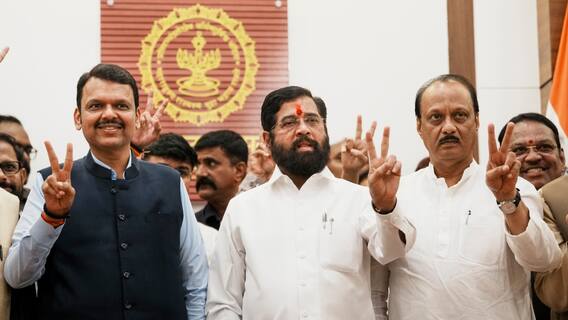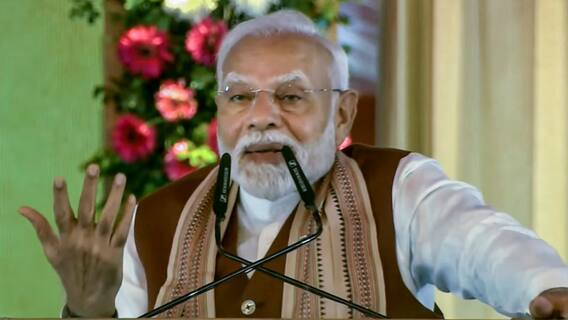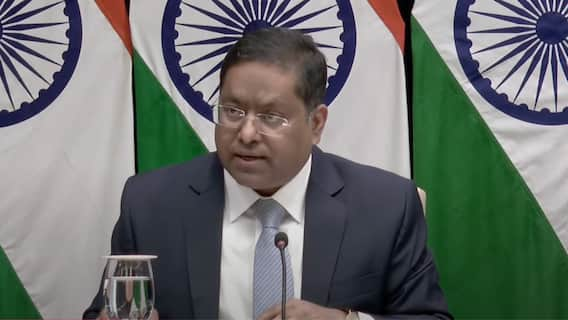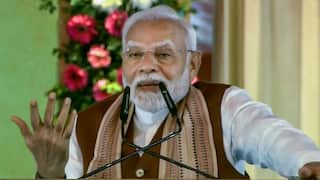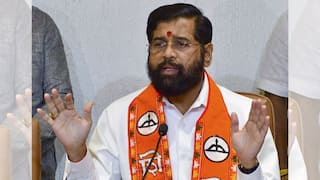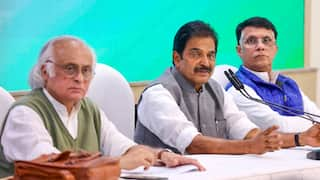Net Zero Emissions Target: India's Road To Achieve Carbon Neutrality And Green Jobs
In 2020-21, India created 863,000 green jobs, of which 217,000 were in solar photovoltaic vertical and 414,000 in hydropower, a report by the IREA and the ILO said

In order to achieve a net zero target by 2070, Prime Minister Narendra Modi last week encouraged state governments, citizens, and companies to focus on green growth and green jobs. Modi, who was speaking at the inauguration of the National Conference of Environment Ministers of all States in Ekta Nagar, Gujarat, said that the focus of the country is on growth, on green jobs, and to achieve all these goals, the role of the environment ministry of every state is enormous. "Today's new India is moving ahead with new thinking, new approach. Our forest cover has increased and wetlands are also expanding rapidly," Modi said at the event.
Green jobs
Green jobs are jobs that contribute to preserving or restoring the environment, be they in traditional sectors such as manufacturing and construction, or in new, emerging green sectors such as renewable energy and energy efficiency, according to the International Labour Organization (ILO).
At the enterprise level, green jobs can produce goods or provide services that benefit the environment, for example green buildings or clean transportation. However, these green outputs (products and services) are not always based on green production processes and technologies. Therefore green jobs can also be distinguished by their contribution to more environmentally friendly processes, as noted by ILO. For example, green jobs can reduce water consumption or improve recycling systems. Yet, green jobs defined through production processes do not necessarily produce environmental goods or services.
Key Features
- Improve energy and raw materials efficiency
- Limit greenhouse gas emissions
- Minimise waste and pollution
- Protect and restore ecosystems
- Support adaptation to the effects of climate change
Green Jobs In India
The number of countries participating in the renewable energy market is increasing but most of the jobs created to date have been in a relatively small number of countries.
In 2020-21, India created 863,000 green jobs, of which 217,000 were in solar photovoltaic vertical and 414,000 in hydropower, a joint report published by the International Renewable Energy Agency and the International Labour Organization titled 'Renewable Energy and Jobs — Annual Review 2022' said.
China, Brazil, the US, and European Union were the other top green jobs generators during the period.
Mission Net Zero Emissions
To achieve a net zero carbon emissions target, India requires trillions of dollars, access to smart technology and complete overhauling of some sectors, as pointed out by some experts. Reports have suggested that India, the third-largest carbon emitter in the world, needs to pump in more funds to increase the share of renewable sources in electricity generation, electrification of fossil-fuel dependent industries, commercial manufacturing of green hydrogen, and promoting electric vehicles to achieve its goals.
Industry Views
Niranjan Nayak, managing director, Delta Electronics India, said the world is experiencing an existential crisis as a result of the Covid-19 pandemic, regular floods, and fires, and a host of other issues; as a result, immediate scientific and creative action is required to safeguard humanity's future. India must now put a special emphasis on a more seamless switch to renewable energy, increased use of electric vehicles, and increased public and private sector involvement if it is to meet its goals for the year 2070.
The government pledged to reduce the country's emissions intensity to levels that are 45 per cent lower than those of 2005 by 2030. The vow reaffirmed that by 2030, renewable energy sources would meet more than half of its energy requirements. Along with the current aim of 40 per cent, which has already been nearly attained, India has additionally stated the target of 50 per cent installed non-fossil energy producing capacity by 2030. A Hydrogen Energy Mission for grey and green hydrogen has also been announced by India. With the faster adoption and manufacturing of hybrid and electric vehicles scheme, India is hastening the adoption of e-mobility. By April 1, 2020, India had advanced to BS-VI emission standards, which were initially intended to be adopted in 2024. To reduce carbon emission, Centre has introduced a voluntary vehicle scrapping policy to phase out outdated and unsafe automobiles from the market through various incentive schemes.
The government has implemented a number of initiatives to advance and promote the EV ecosystem. The Faster Adoption and Manufacturing of Electric Vehicles (FAME II) programme has also been developed by the government. The government has introduced the PLI scheme for auto and automotive components for makers of EVs as part of its strategy to reduce carbon emissions. Delta continues to improve supply chain sustainability, create innovative research and development, provide high-efficiency energy-saving products to customers to help reduce carbon emissions, and promote sustainable management of supply chain to engage in global trends of net zero carbon emissions and co-create business value on climate change.
Kapil Bhatia, CEO and co-founder, UNIREC, said India is third on the list of total carbon emissions and is responsible for more than 7 per cent of global carbon emissions. India now stands committed to reducing the emissions caused by activities for the nation's economic growth by 45 per cent by the year 2030 from 2005 levels, according to the new targets. The nation will also aim to achieve about 50 per cent of its energy requirements from non-fossil fuel-based energy sources by the year 2030, and promote a federal government program that encourages people to make green lifestyle changes. While the central and state governments are actively working towards reducing this, the least that we as individuals and corporations could do is to help the cause by ensuring that we purchase goods made from recycled products, which we would have purchased even otherwise.
Shriyal M Thakre, director sales, EkoTejas, said India is geared up toward the zero carbon emissions goal of 2030. The government is empowering the electric vehicle industry by announcing a number of promotional measures, and guidelines on a regular basis. There have been several state-based tax incentives for all stakeholders. The government is also working on building EV battery charging infrastructure. We at EkoTejas are working in sync with the government policies. The battery technology used in our vehicles is Lead Acid batteries and lithium-ion batteries. They have been excelling in tire-5 cities and more than 10+ states under all Indian climatic conditions since 2017. They prevent the emission of hazardous fumes and other possible risks.
Trending News
Top Headlines





